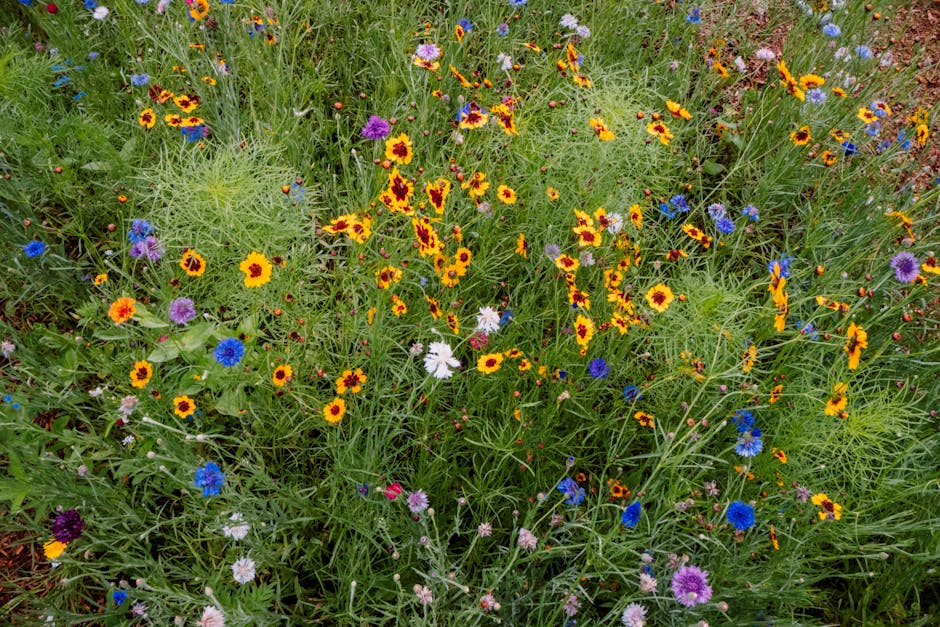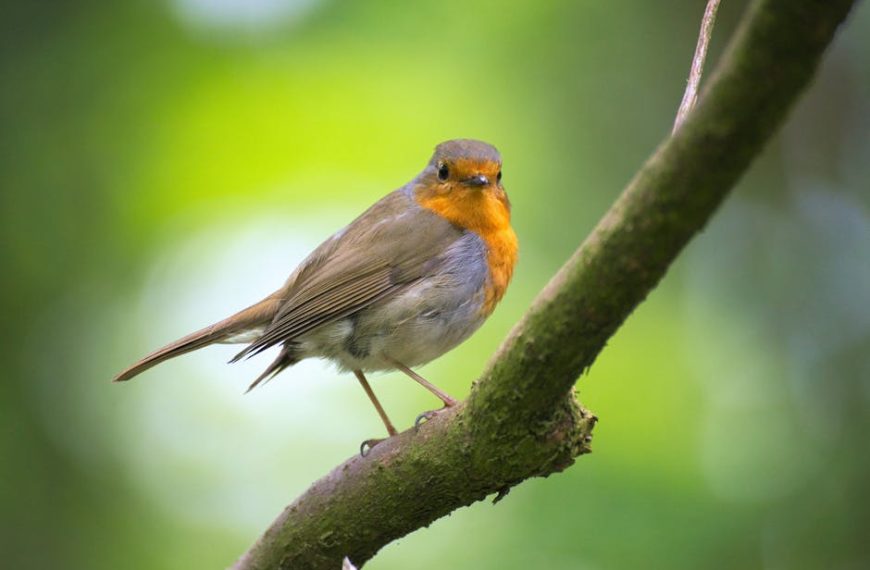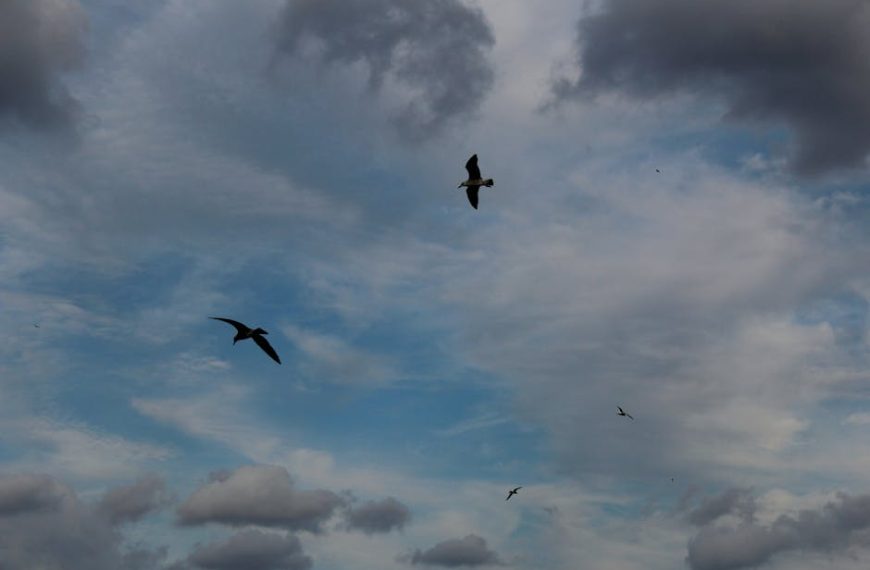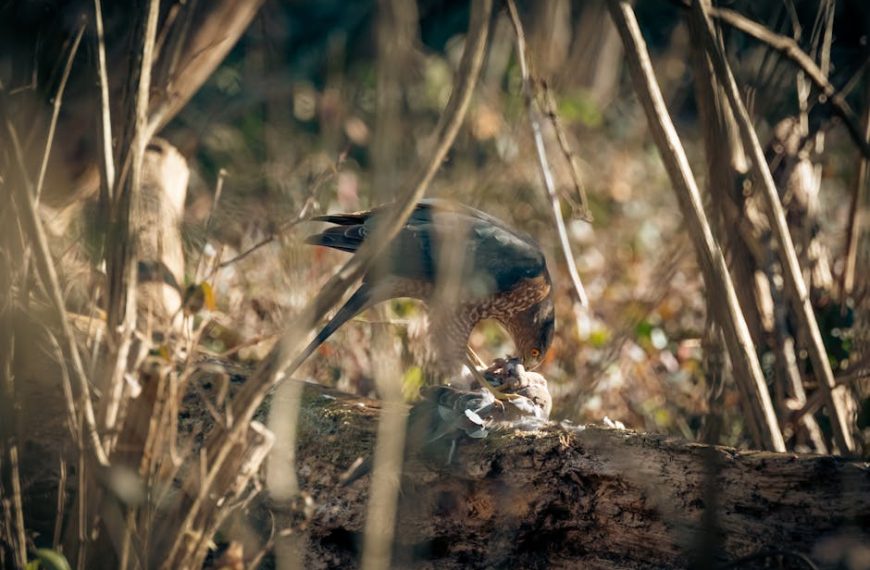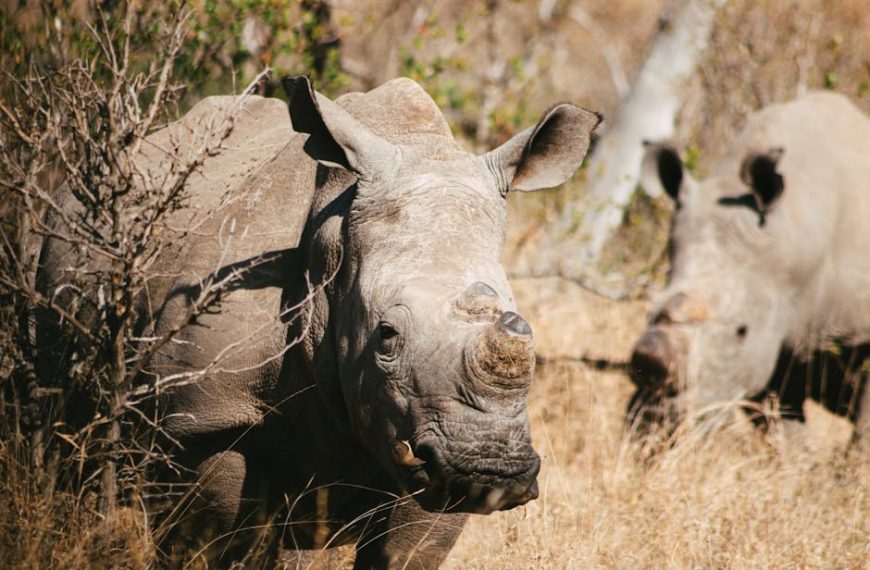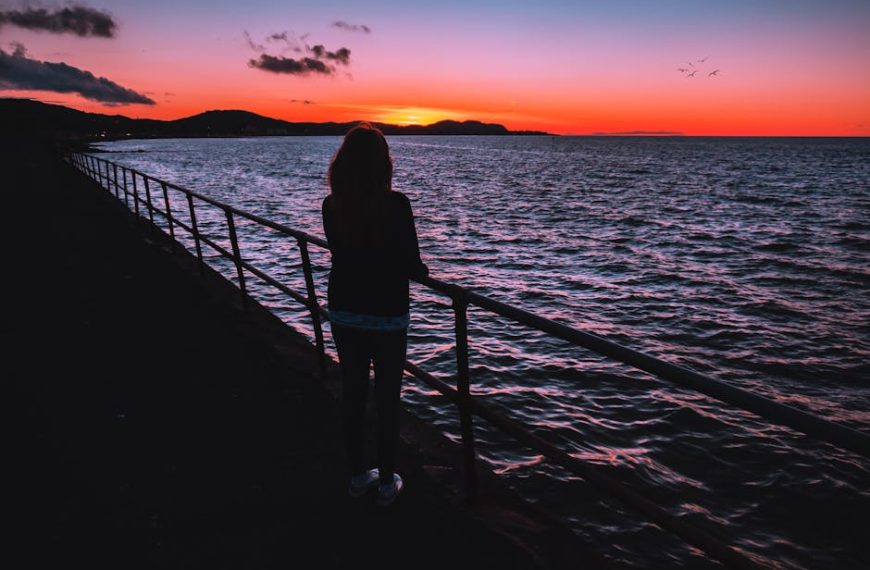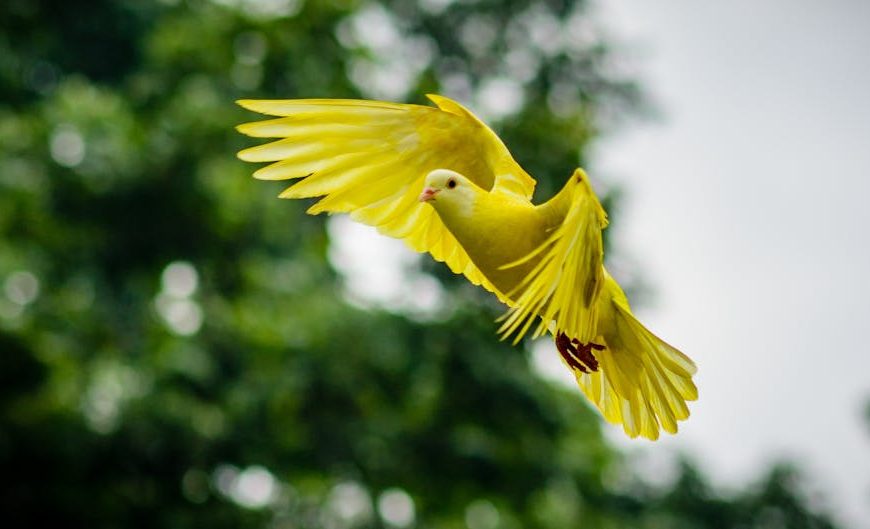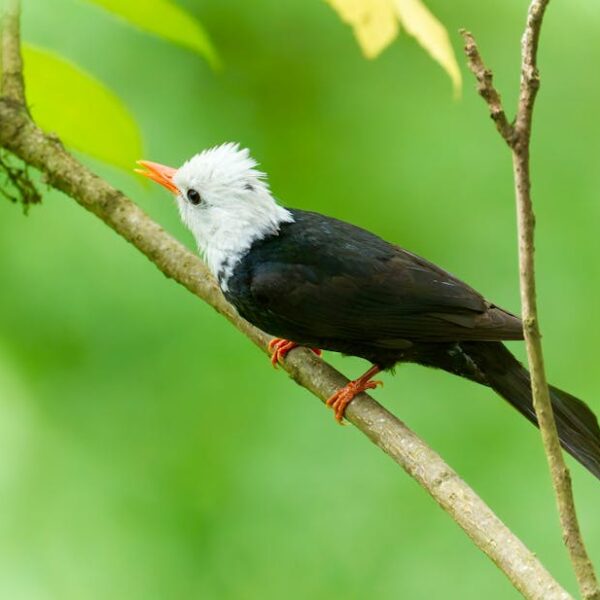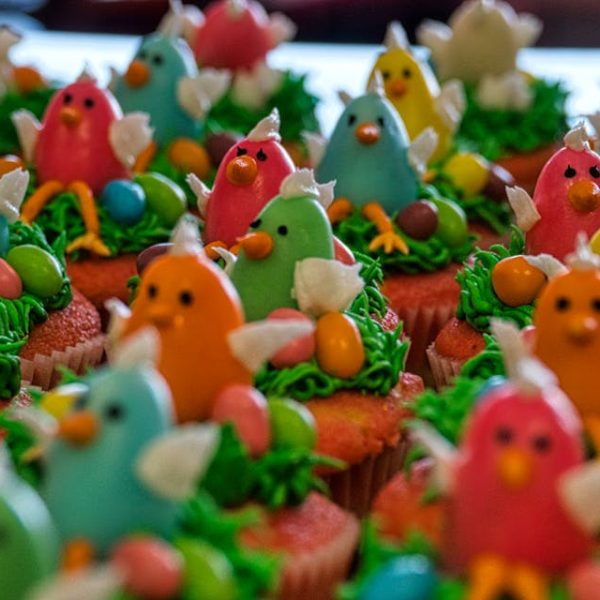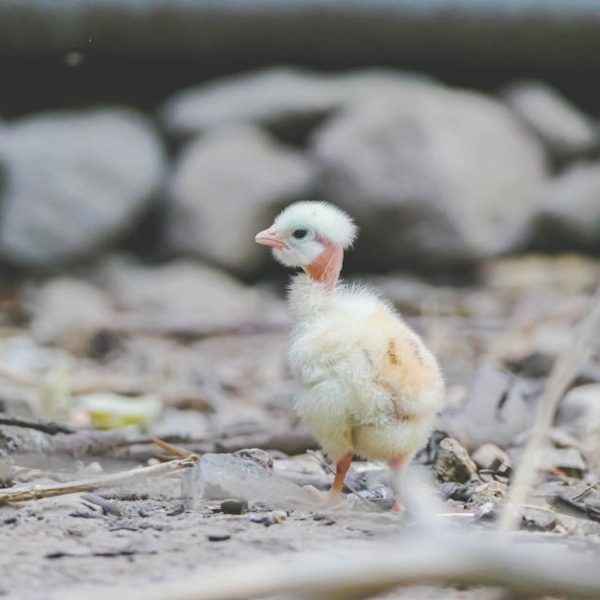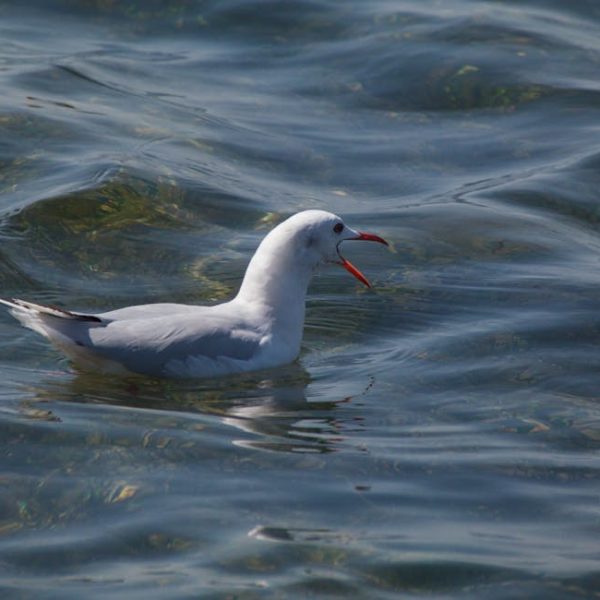There’s an undeniable allure that comes with a field of wildflowers, but there’s something particularly enchanting about those that boast a purple hue. Ranging from vivid, almost neon, purples to soothing shades of lilac and lavender, they captivate the eyes and pique the interest of both casual nature lovers and professional botanists. Purple wildflowers are adored not just for their striking appearances, but also for the unique role they play in their respective ecosystems.
Purple wildflowers such as the Prairie Aster, the Violet Wood Sorrel, and the Eastern Redbud are common across North America, while Europe sees a prevalence of Purple Loosestrife, and Asia has the notable Balloon Flower.
Best Practices: Spotting Purple Wildflowers
Searching for purple wildflowers can offer a rewarding venture. The best time to catch these beauties in bloom tends to be in the spring and summer months, though some species may also bloom in the fall. Make sure to explore areas with diverse vegetation to increase the possibility of spotting various species.
The Fascinating Biology of Purple Wildflowers
The vibrant purple pigmentation of these flowers isn’t just for aesthetic purposes. It’s a result of anthocyanin, a compound responsible for producing the purple, blue, and red shades noticeable in many parts of plants. As light illuminates these anthocyanic areas of the flower, we get to admire the stunning spectacle of purple wildflowers. From the delicate glimmers of lavender to the more assertive tones of indigo, the plethora of shades are all unique adaptations serving different functions, from attracting pollinators to providing protection from UV radiation.
Pro Tip: Observing Wildflowers
When observing wildflowers, it’s crucial to avoid causing damage to their natural habitats. Appreciate their beauty from a distance and refrain from picking them since removing flowers can have negative effects on local wildlife and disrupt the ecosystem.
Checklist for Gentle Examination of Wildflowers:
- Approach wildflowers with care.
- Use a magnifying glass if you need to observe them closely.
- Avoid trampling on surrounding vegetation.
- Leave flowers in their natural habitats.
Identifying Purple Wildflowers: Most Popular Examples
If you’re looking to identify purple wildflowers, here are a few familiar species. The Purple Coneflower is distinguishable with its lavender petals and spiky, seed-filled centers. The Geranium Rozanne, on the other hand, is recognizable by its beautiful blue-violet blooms that can be seen for most of the summer. The Balloon Flower is unique for its purple, balloon-shaped buds which burst into star-shaped flowers.
Comparison of Various Species:
- Purple Coneflower: Easy to grow, thrive in full sun, drought resistant.
- Geranium Rozanne: Bloom late, require moderate maintenance, like both sun and shade.
- Balloon Flower: Slow to mature, need delicate handling, prefer full sun or partial shade.
Checklist for Identification:
- Note the color and shape of the flower.
- Observe the arrangement of petals.
- Take note of the time of year.
- Pay attention to the environment in which you found it.
And with that, we’re halfway through the journey. Up next, we’ll delve into the historical significances and ecological roles of these purple treasures.
Symbolism and Mythology Associated with Purple Wildflowers
Many cultures throughout history have cherished purple wildflowers not just for their physical allure but for the folklore, spiritual significance, and healing properties they convey. For instance, the Romans, due to the rarity of the color purple, associated purple flowers with power and royal privilege. Similarly, in some Native American tribes, purple is seen as a color of healing and sacred rituals, often involving the use of purple wildflowers. But it doesn’t end there; in Eastern cultures, purple is synonymous with wealth and nobility, leading to the cultivation of purple flowers in royal gardens.
Some cultures and societies that consider purple wildflowers significant:
- Ancient Rome: Symbol of power and privilege.
- Indigenous American tribes: Associated with healing and spiritual rituals.
- Eastern cultures: Regarded as wealth and nobility.
Pro Tips: Engaging with Cultural Significance
While admiring these natural phenomena, remember to respect the cultural and historical significance they hold. Consider this as a chance to deepen your understanding of the world’s diverse cultures. Refrain from removing these flowers from their natural habitat. Instead, capture their beauty through photography or sketches.
Preserving Biodiversity: The Role of Purple Wildflowers
Though small and often overlooked, the role of purple wildflowers in preserving biodiversity can’t be understated. They provide a breeding ground for many insects and a food source for various birds, mammals, and insects, thus contributing to the vital chain of pollination. More than just enchanting landscapes, they also have a tremendous impact on the overall health of our ecosystems.
Best Practices: Promoting Wildflower Growth
Help protect and conserve these floral gems by encouraging the growth of local wildflowers and reducing the spread of non-native plants. Here’s how you can help:
- Plant native wildflowers in your garden or yard.
- Support local conservation initiatives.
- Educate others about the importance of native plants.
Comparison of Native vs. Non-native Species:
| Native Purple Wildflowers | Non-native/Invasive Species | |
|---|---|---|
| Role in Ecosystem | Contribute to biodiversity, Assist in pollination | Often disrupt local biodiversity |
| Effect on Local Wildlife | Provide food and habitat | May not provide adequate food or shelter |
| Maintenance Requirement | Generally low, adapted to local conditions | Usually high, often need specific care |
In conclusion, the beauty of purple wildflowers extends far beyond their utopian shades. They symbolize history, sustain biodiversity, and teach us the delicate equilibrium of nature’s ecosystems. So next time you spot a patch of purple in the wild, pause and appreciate the hidden complexity and depth they symbolize.
Key Takeaway:
- Purple wildflowers are appreciated for their vibrant hues and unique aesthetic appeal.
- Various species of purple wildflowers can be found across North America, Europe, and Asia.
- The purple pigmentation in these flowers, resulting from anthocyanin, serves different biological purposes such as attracting pollinators or shield from UV radiation.
- Species like Purple Coneflower, Geranium Rozanne, and Balloon Flower have distinct features that help in their identification.
- Purple wildflowers have historical and cultural significance in societies across the globe.
- They play an essential role in preserving biodiversity by offering food sources to certain creatures and aiding in pollination.
While purple wildflowers captivate us with their beauty, let’s not forget their ecological importance and rich cultural significance. Respect their habitats and remember to admire them from a safe distance. Help in the preservation of these natural wonders by promoting the growth of native plants and educating others about their importance. Enjoy these beauties in their full bloom and treasure the joy they provide!
FAQs
Q: How can I contribute to the conservation of wildflower species?
A: You can help conserve wildflower species by planting native wildflowers in your garden or backyard, supporting local conservation initiatives and by educating others about the importance of native plants.
Q: Why should we avoid picking wildflowers?
A: Picking wildflowers can disrupt the local ecosystem and wildlife. It may also be harmful to the plant’s propagation.
Q: What is the significance of anthocyanin in purple wildflowers?
A: Anthocyanin is the compound responsible for the purple pigmentation in wildflowers. It also serves various biological functions such as attracting pollinators or providing UV protection.
Q: Can I grow purple wildflowers in my backyard?
A: Yes, planting native wildflowers in your garden or backyard can be a wonderful way to support local biodiversity and also add beauty to your own space.
Q: Are all purple wildflowers easy to grow?
A: Different species have different requirements for growth. Some might be easy while others require more care or specific conditions. Always research the specific needs of the species you’re interested in.
Feel free to share this article with fellow nature enthusiasts and explore more posts on our website!
